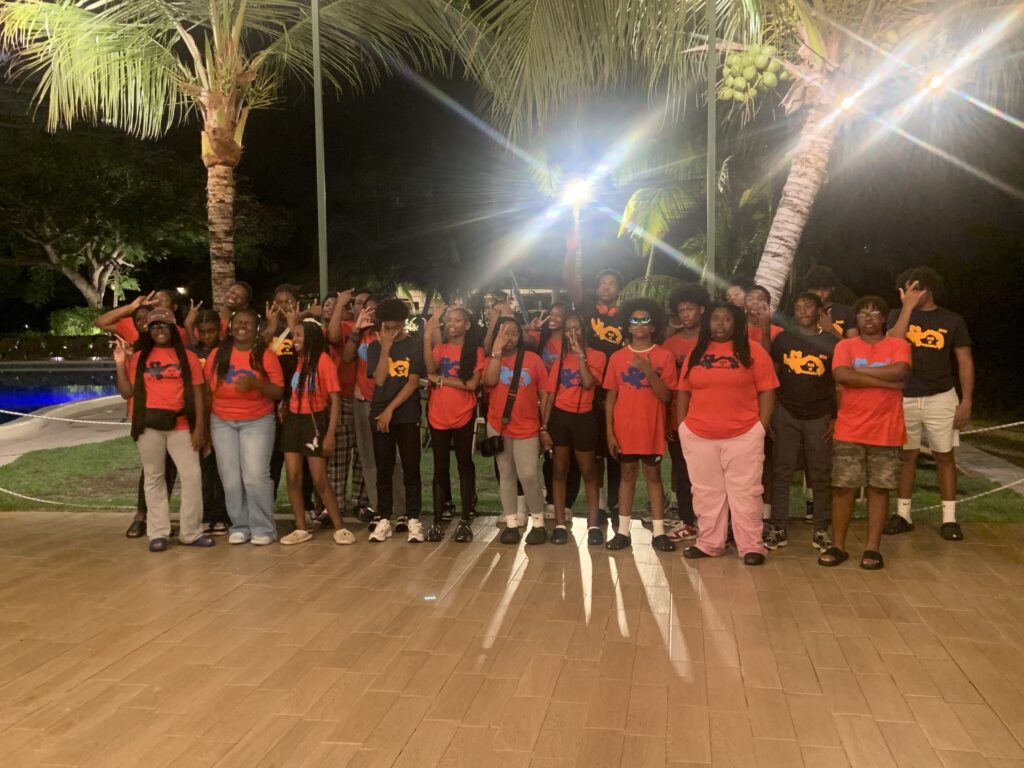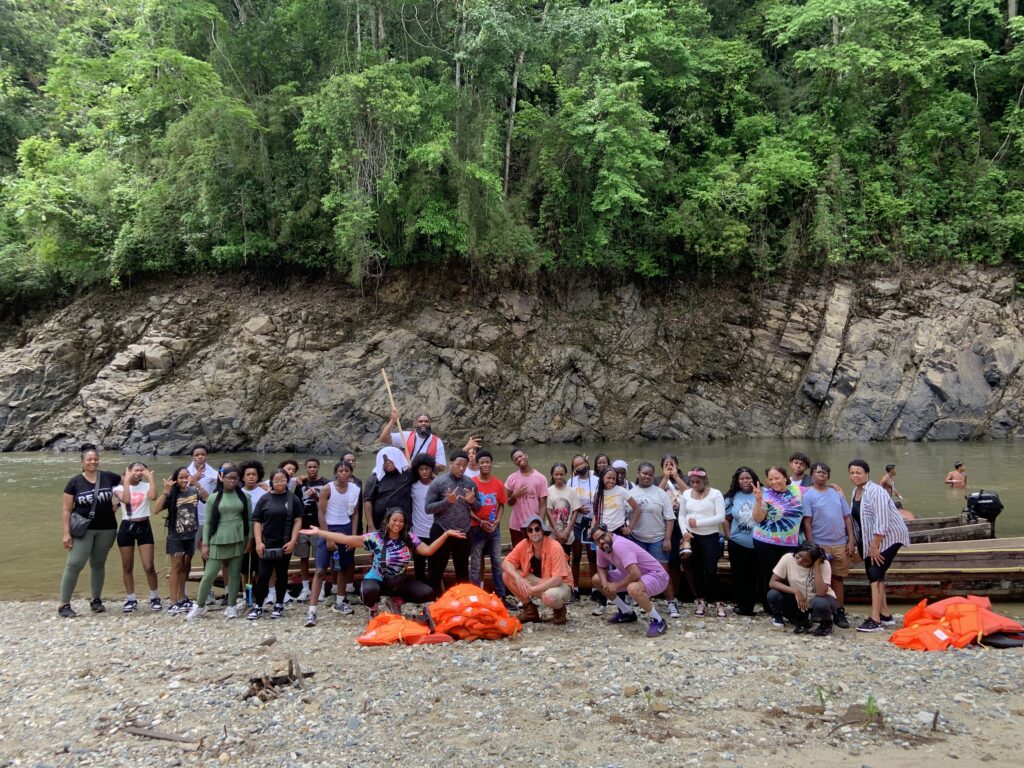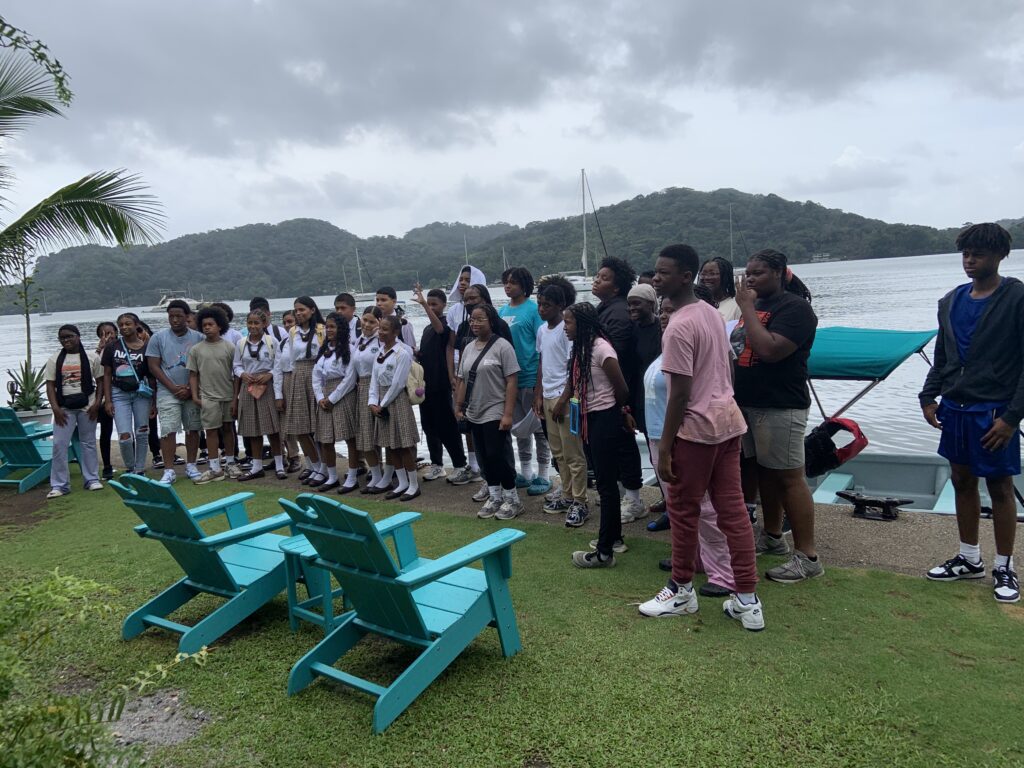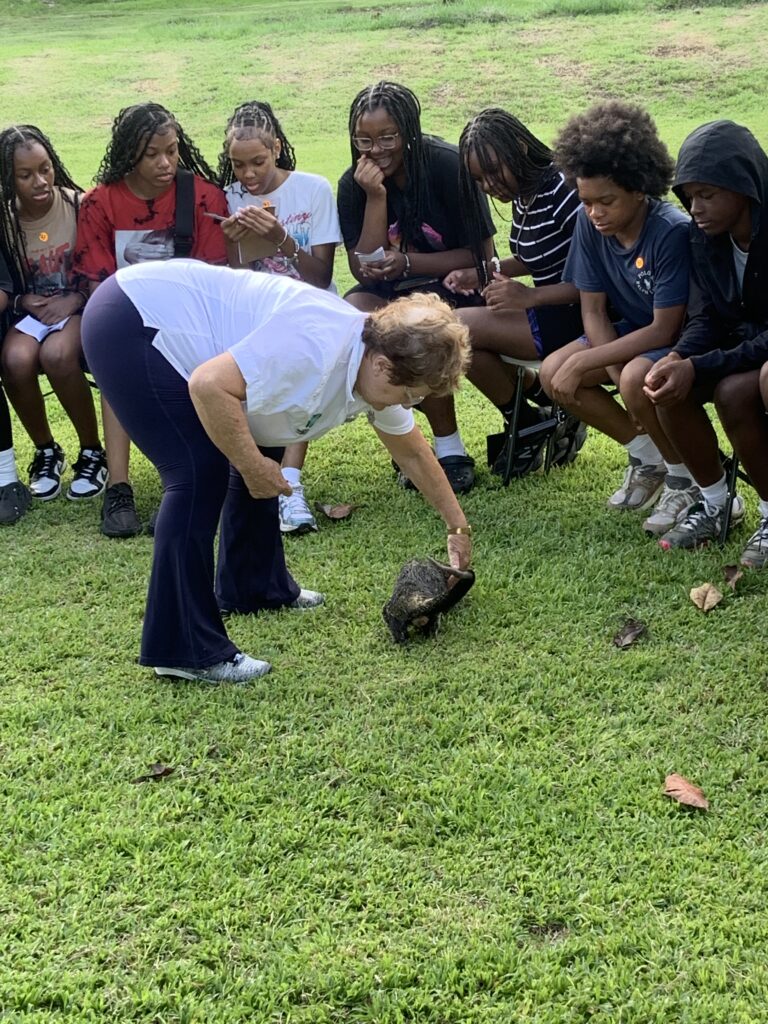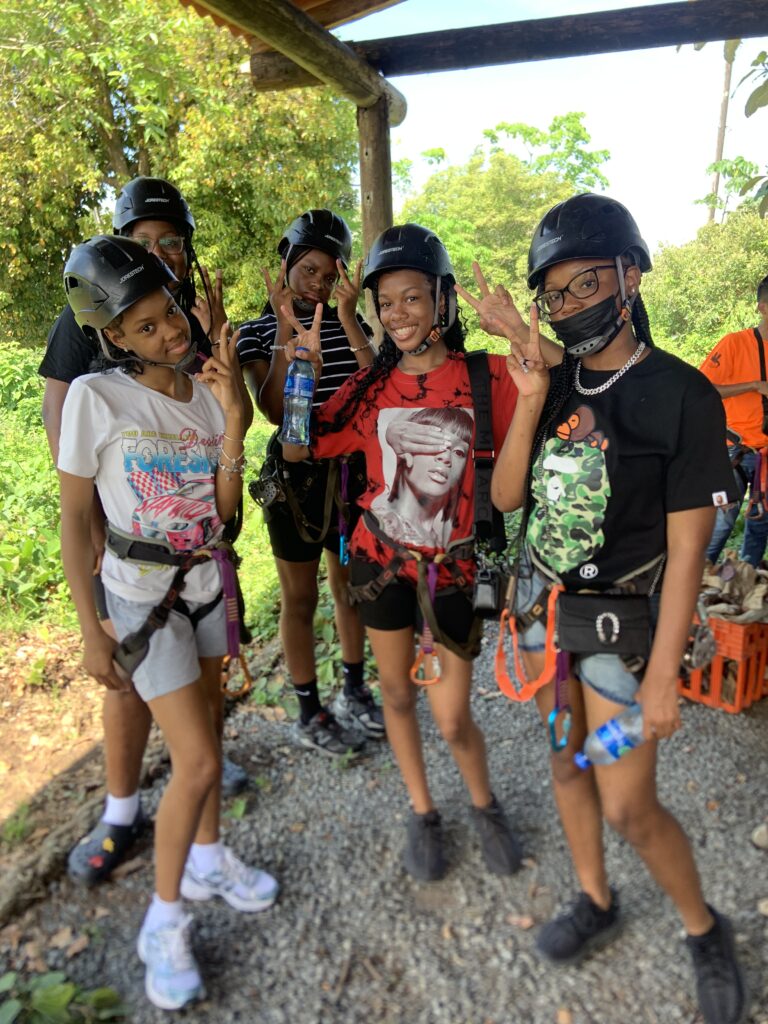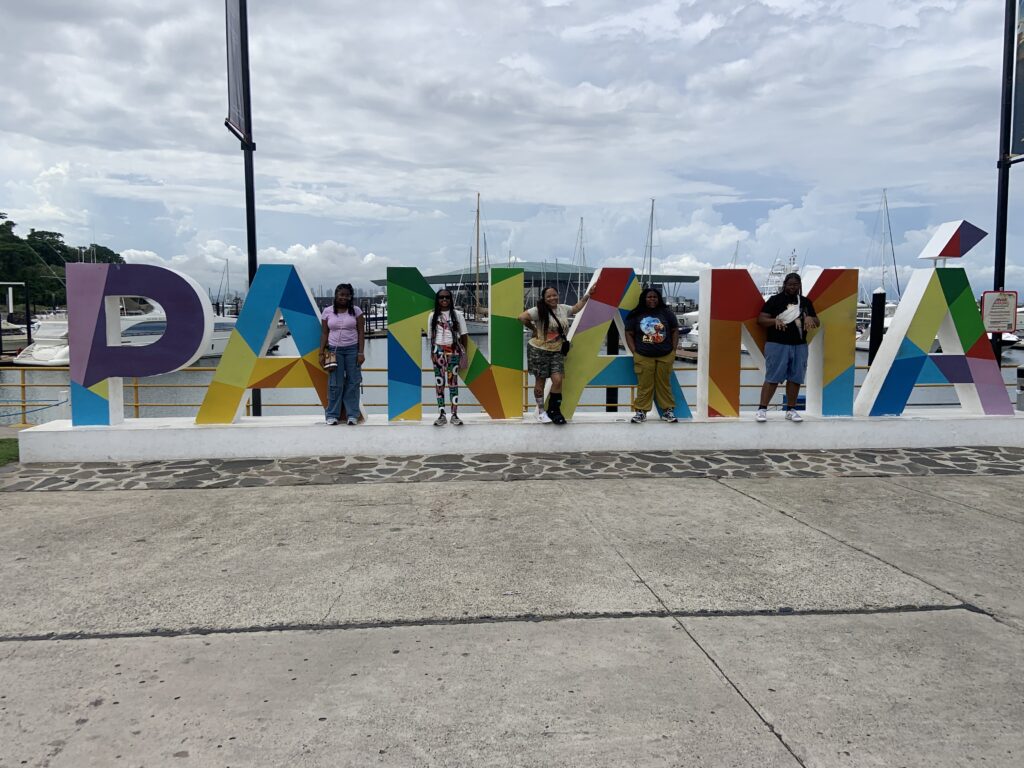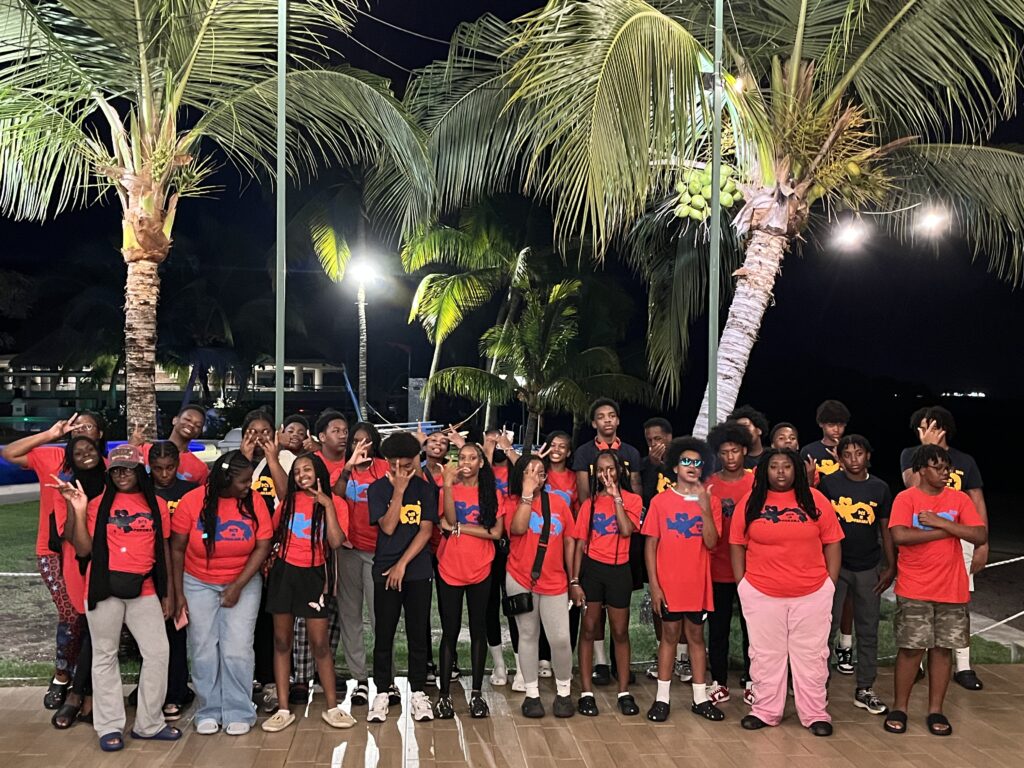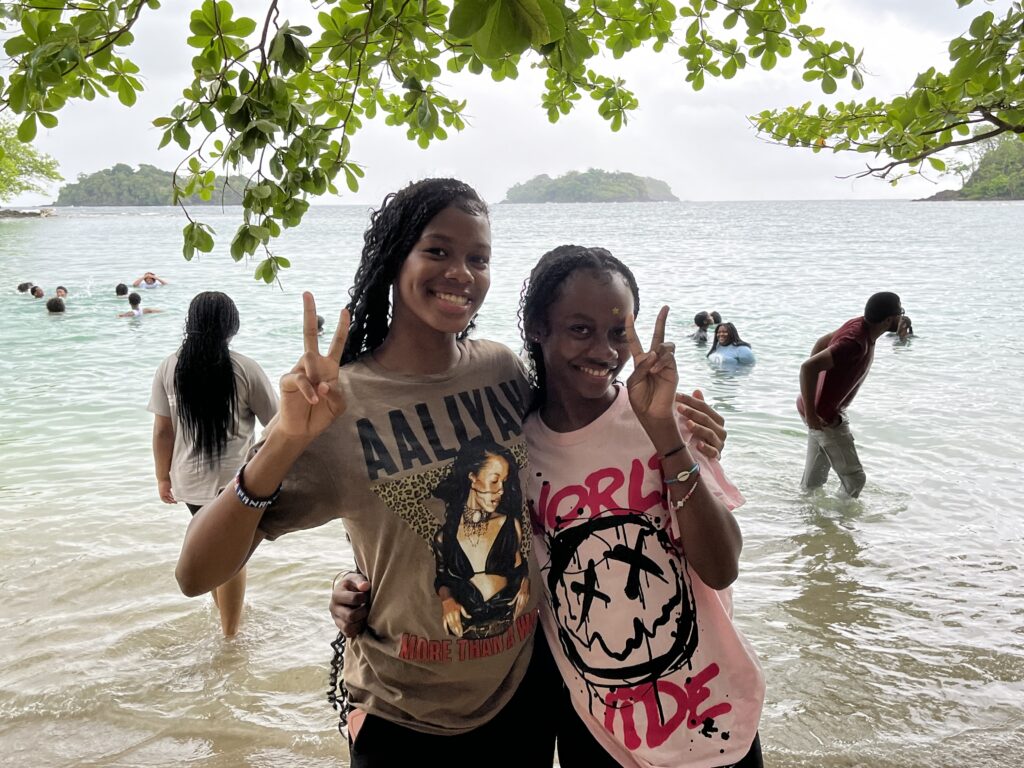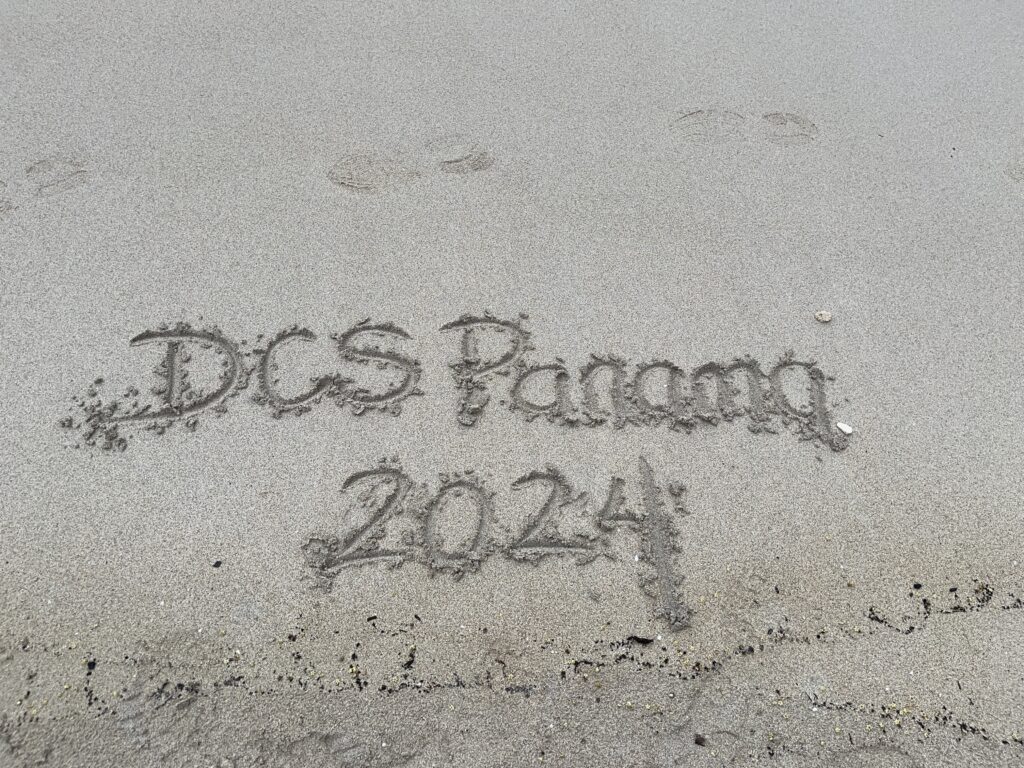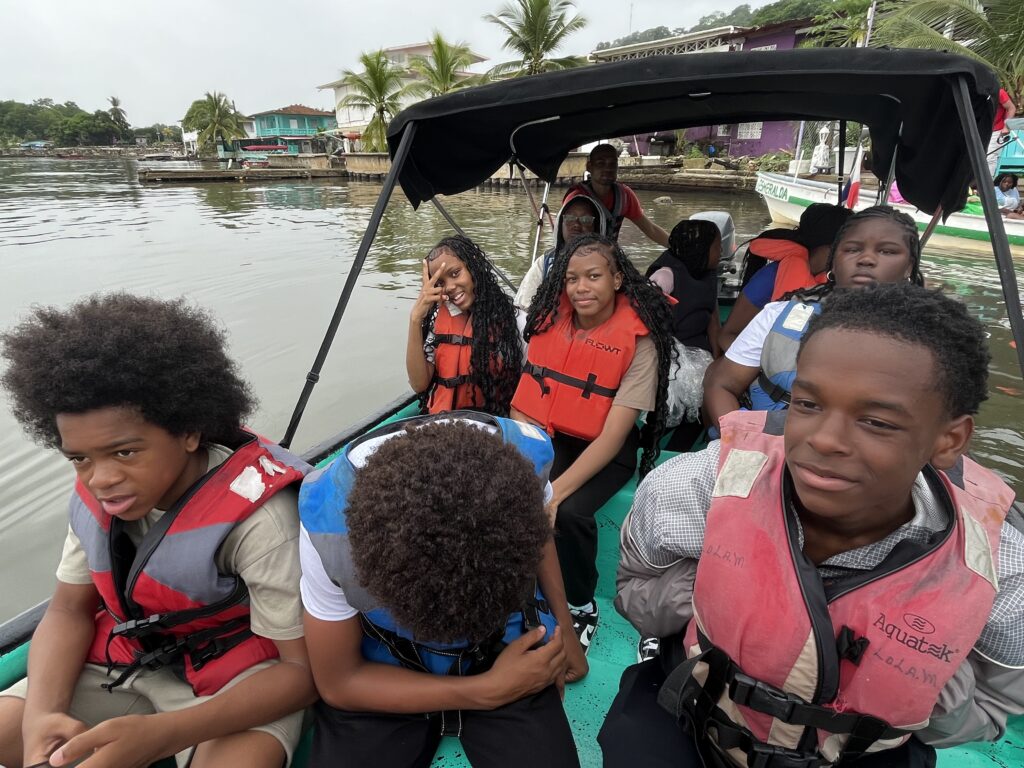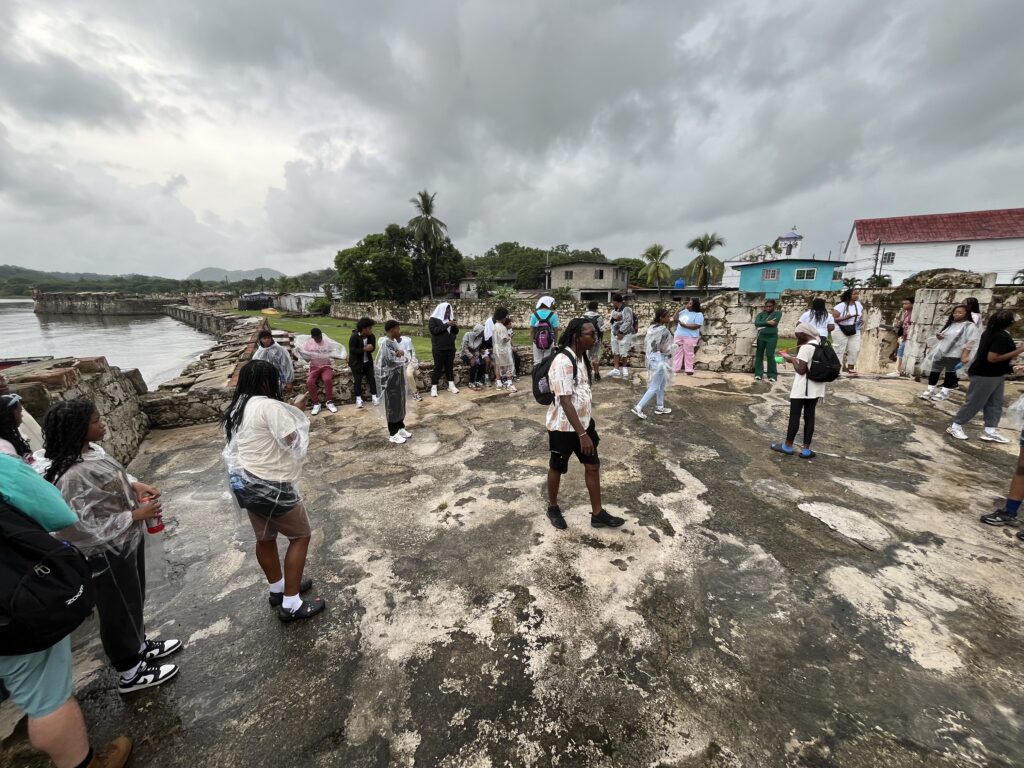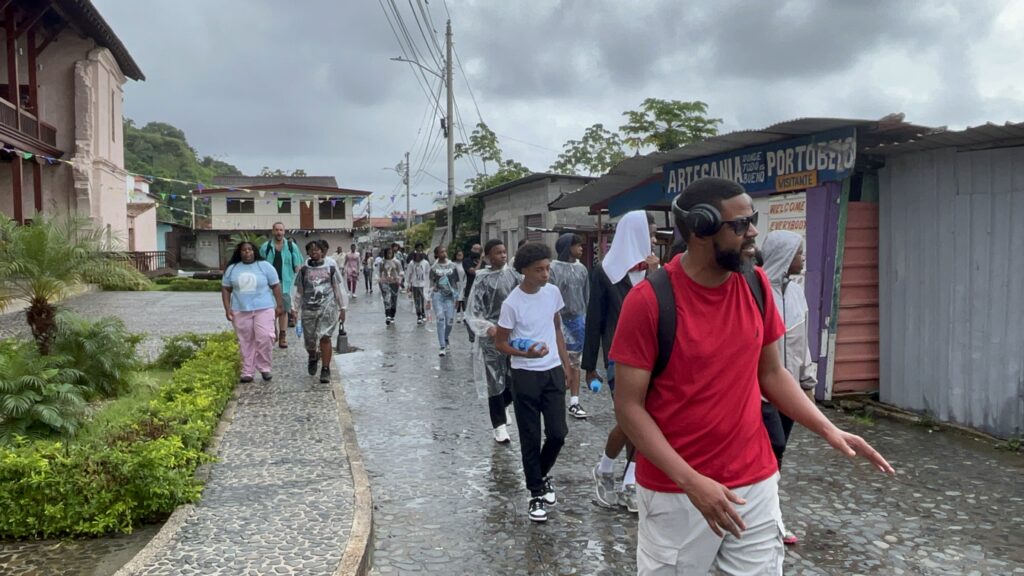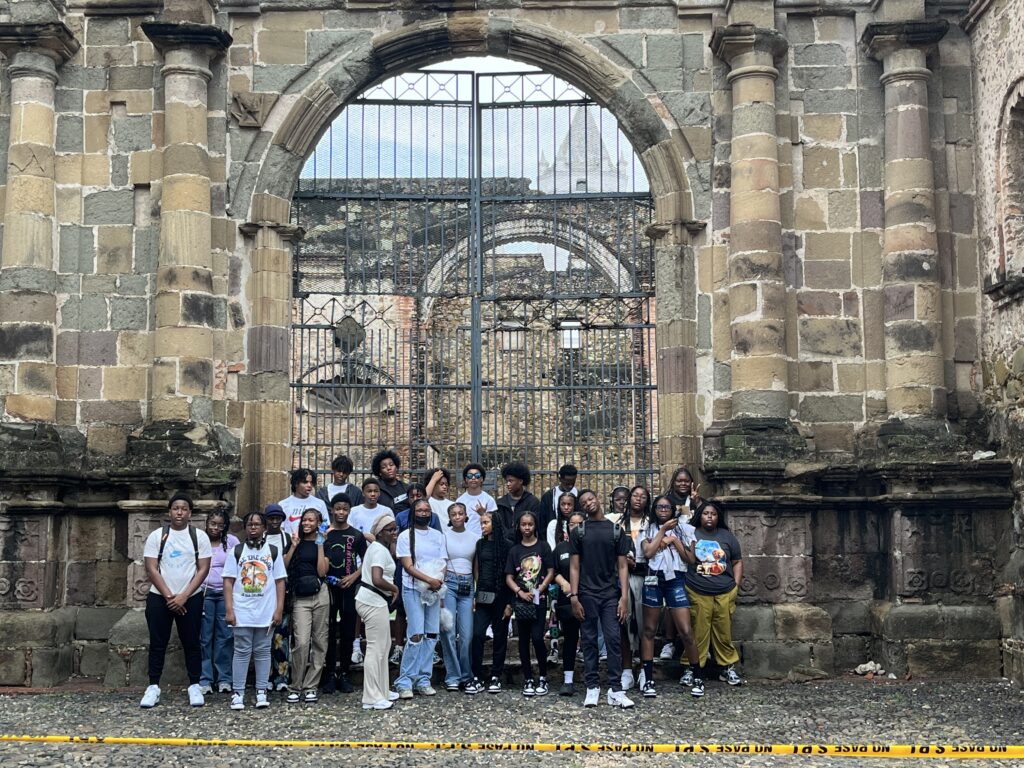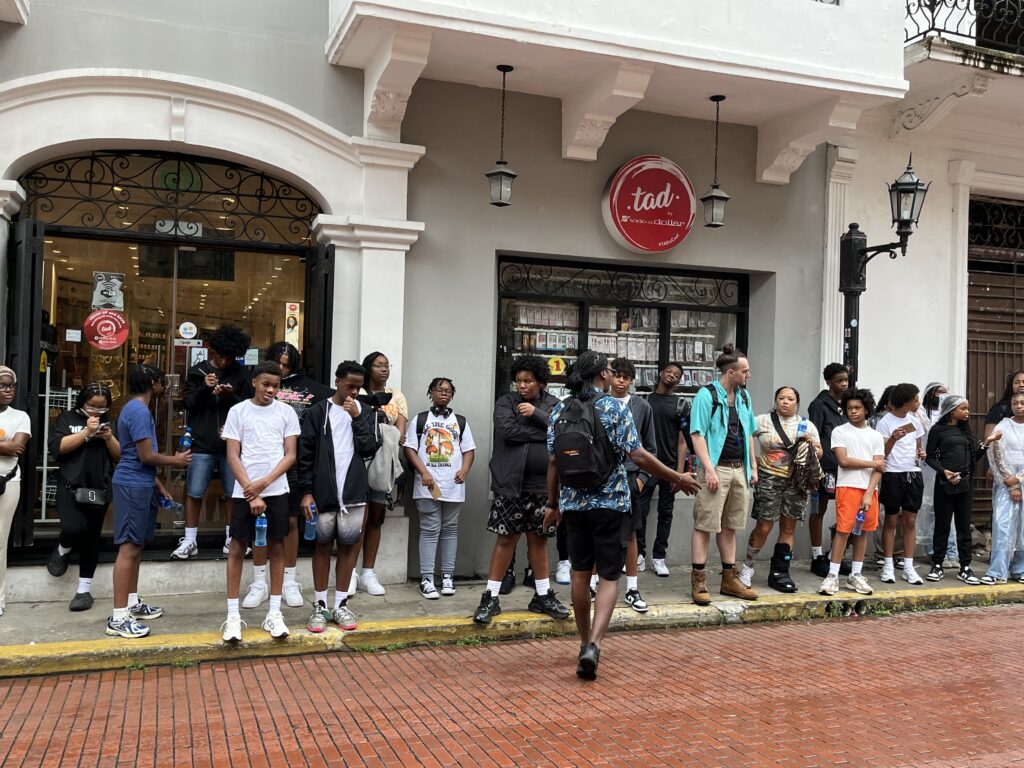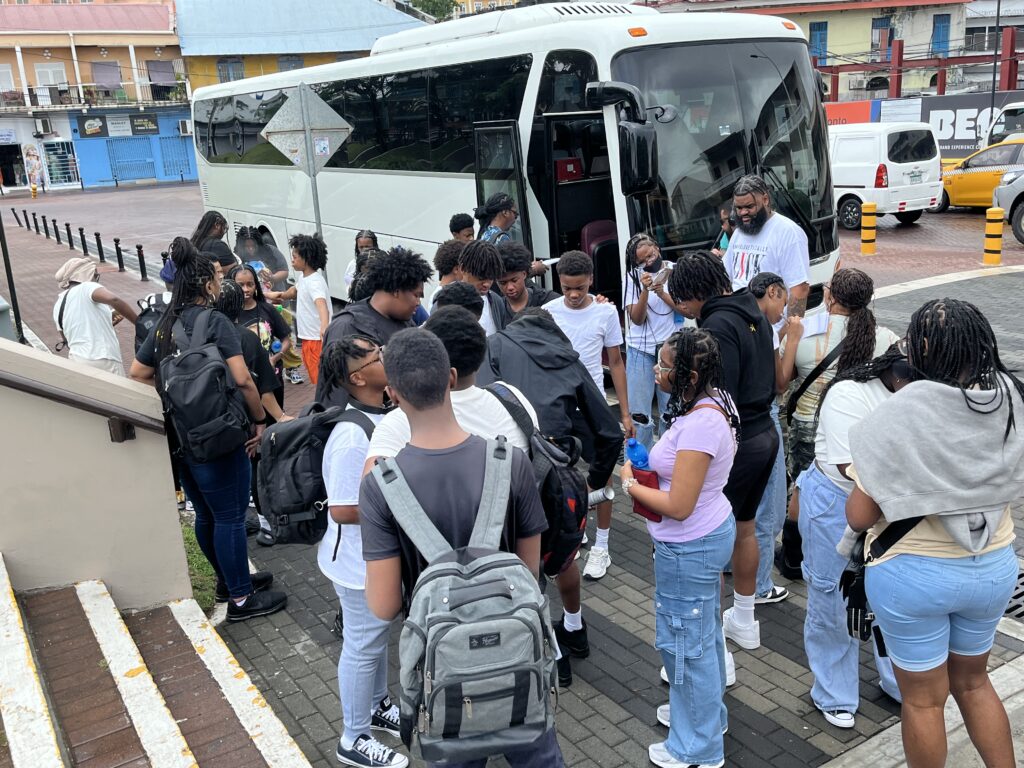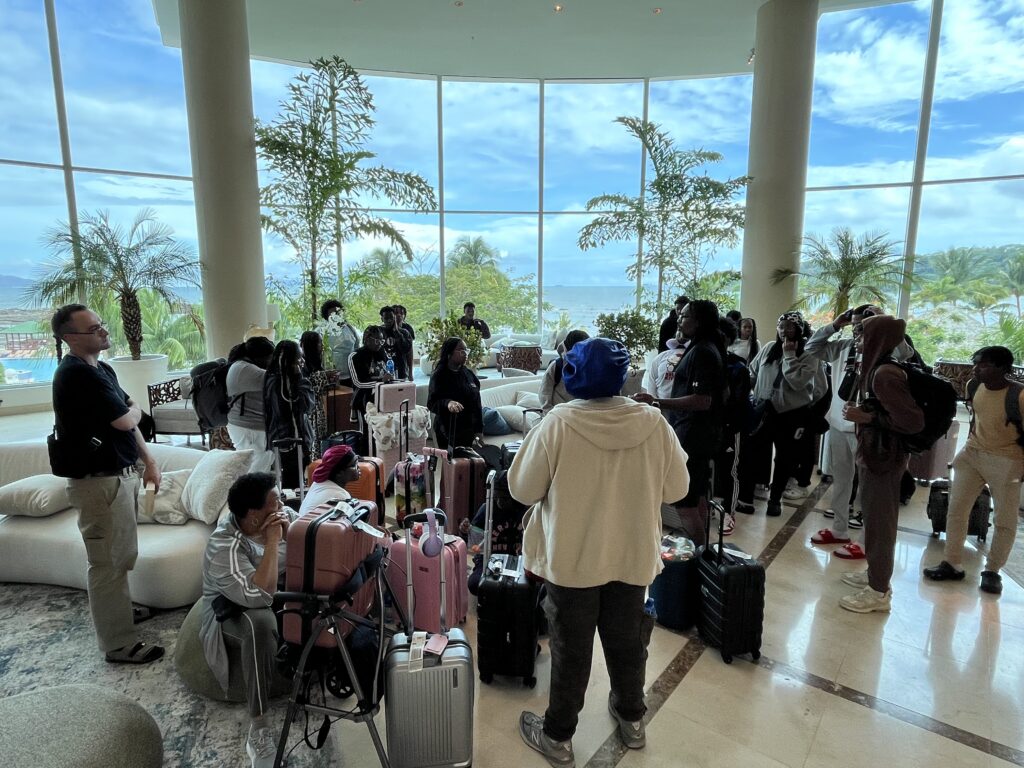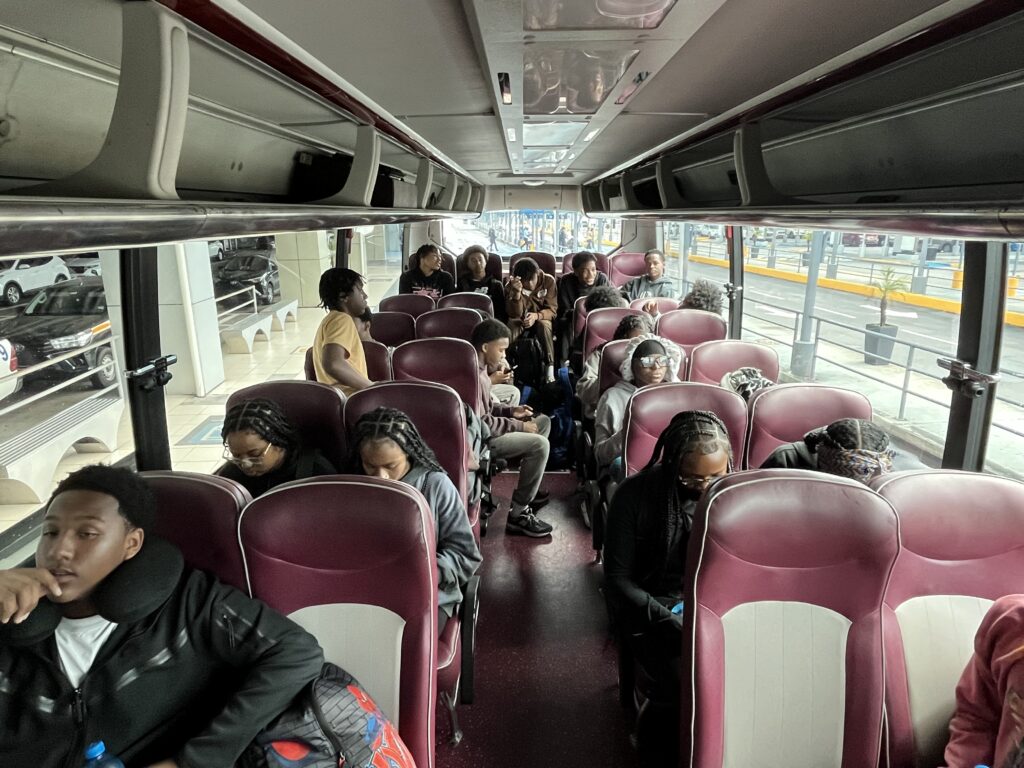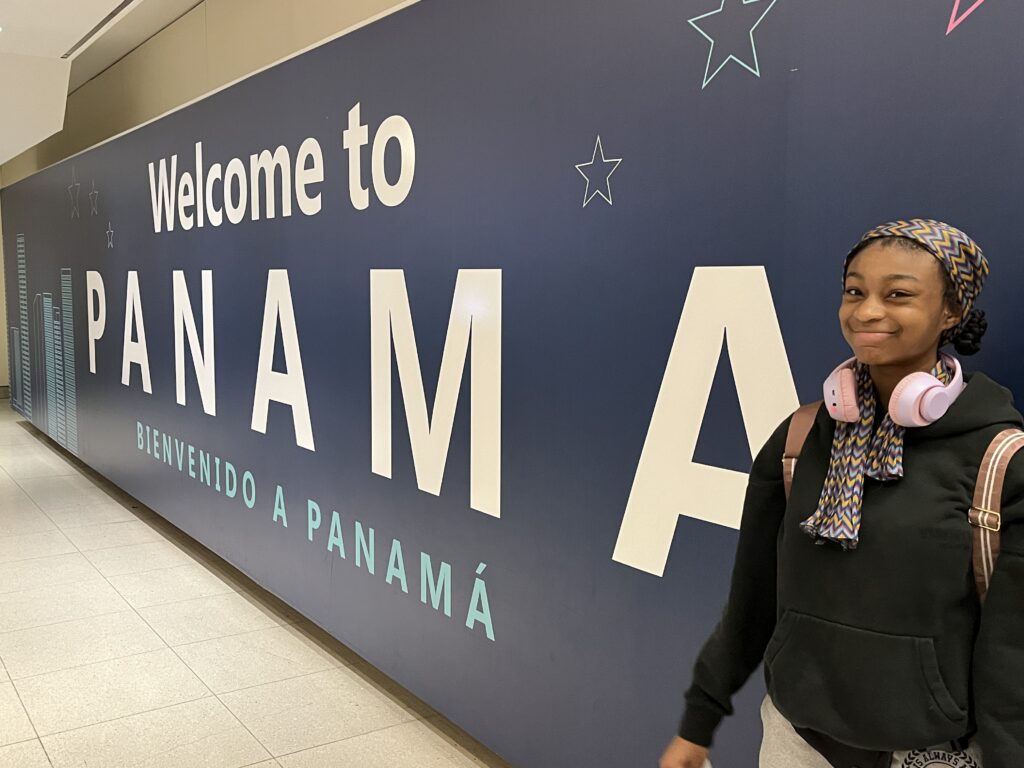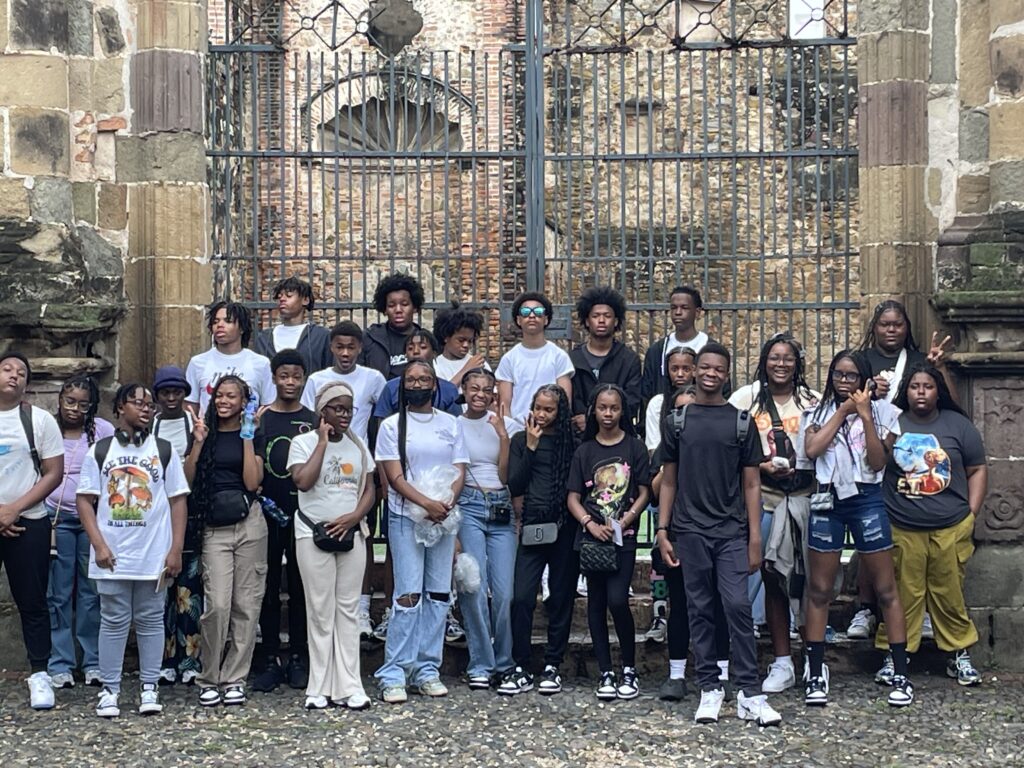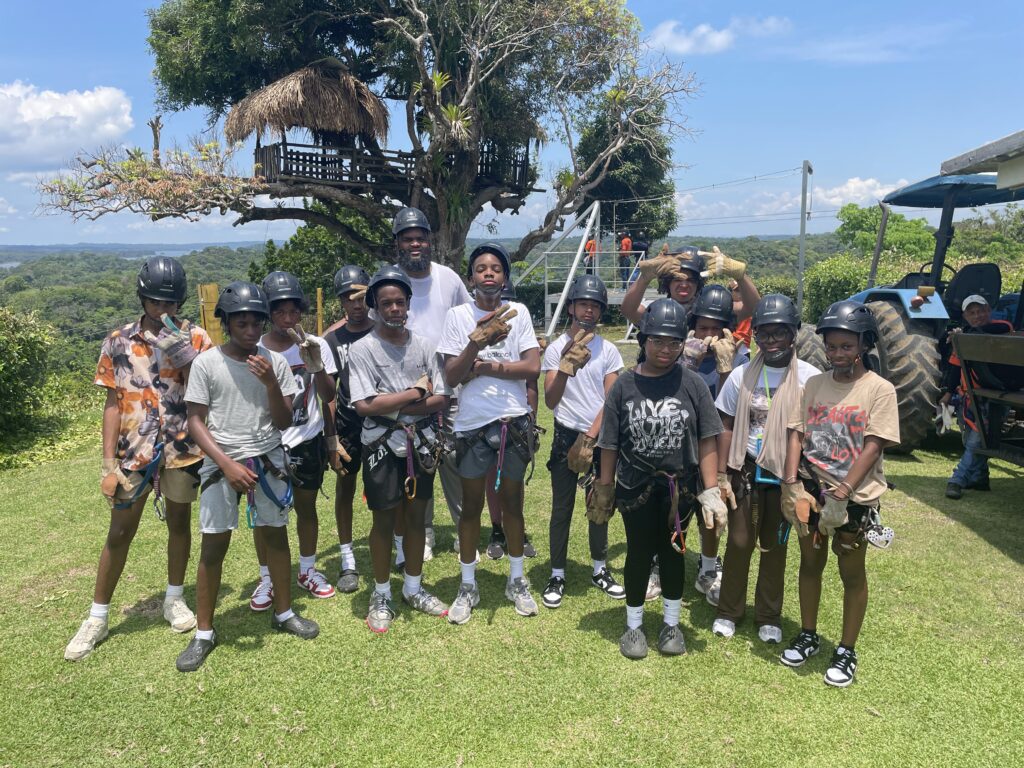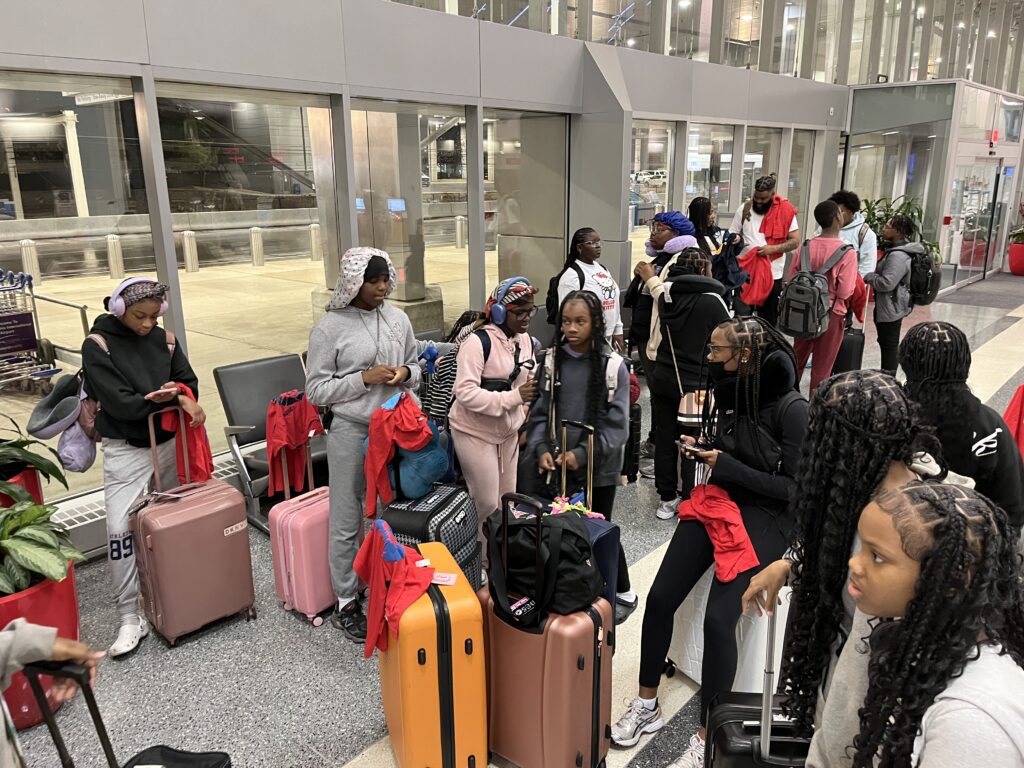Panama
“Panama” is a dynamic country that connects Central and South America, known for its iconic Panama Canal and rich cultural diversity. The capital, Panama City, is a modern hub filled with skyscrapers, colonial history in Casco Viejo, and easy access to the canal. While Spanish is the official language, English is commonly spoken in tourist areas. The country uses the U.S. dollar alongside its own currency, the balboa, which simplifies travel for many visitors. Panama has a tropical climate with a dry season from December to April and a rainy season from May to November, making the dry months the best time to visit.
For travelers, Panama offers a mix of natural beauty and city life. Must-see attractions include the Miraflores Locks at the Panama Canal, the beaches of Bocas del Toro and the San Blas Islands, and the cooler mountain town of Boquete, known for its coffee farms and volcano hikes. Getting around is easy in the capital with affordable taxis, buses, and Uber, while domestic flights help reach more remote areas. Most visitors don’t need a visa for short stays, but your passport should be valid for at least three months beyond your arrival date. The country is generally safe, though it’s best to stay aware of your surroundings and avoid isolated areas at night.
Cultural etiquette in Panama is polite and relaxed. It’s customary to greet people with a handshake or a friendly “buenos días,” and dressing modestly is expected in more traditional areas. Dining out is affordable, and tipping around 10% is appreciated but not always required. The food reflects a mix of Afro-Caribbean and Latin influences, with popular dishes like sancocho (a hearty chicken stew), ceviche, and patacones (fried plantains). In most of Panama City, the tap water is safe to drink, but bottled water is recommended in rural regions. With its welcoming people, natural beauty, and vibrant culture, Panama offers an unforgettable experience for every kind of traveler.

